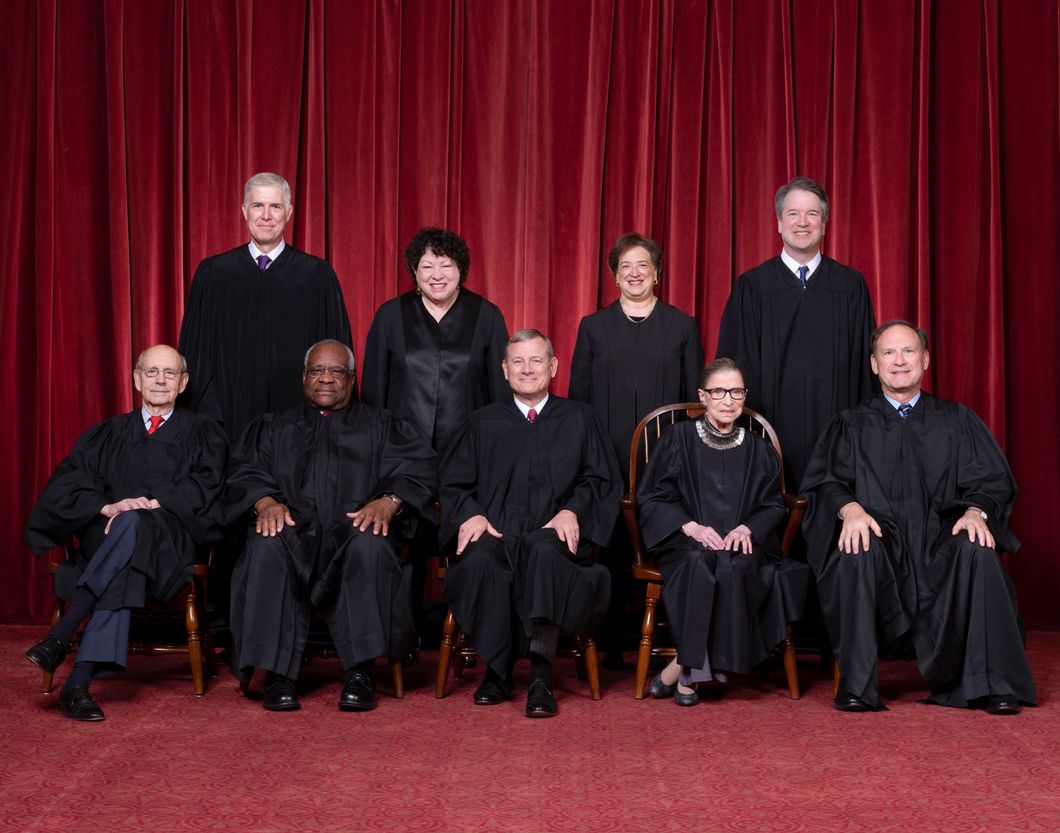Judicial interpretation is a term that refers to the various ways in which a country's judiciary might interpret the law. It's no secret that law is complicated. At times, it may be confusing. But the most consistent fact regarding law is that since the formation of the United States, people have had different opinions. In fact, one needs to look no further than the inception of the Constitution itself to find disagreements.
The differences between disagreements at the Constitutional Convention over 200 years ago, or in Congress today, and the difference of opinion that influences the judicial system is established law. In the late 18th century, people were arguing over proposals for the Constitution. Even today, congressmen typically debate policy to be passed. But differences between Supreme Court opinions are a result of interpreting established law differently.
Rather than making proposals, each Supreme Court justice reads the established law. They then take those laws or statutes, interpret them, and apply them to a case. But how can people disagree on established law?
It all originates in legal philosophy and how one reads the law. The Supreme Court is most widely known for its interpretation of Constitutional law. That being said, how can two people read the same document and come to different legal conclusions?
Textualism: Reading the constitution as a textualist goes no further than the meaning of the text. Textualists read and interpret the Constitution for the original meaning of the text. Today, this is the "conservative" approach to assessing the Constitution.
Structuralism: This form of interpretation allows for the structural implementation of the Constitution. It is a contextual approach to interpreting the Constitution. A structuralist would evaluate the Constitution holistically rather than limiting themselves to specific provisions. They then make inferences based on the relationships established within the Constitution.
Doctrinal Approach: The doctrinal approach argues for consistency — that if the Court had previously interpreted a law one way, they should consistently rule in the same vein. If cases are highly similar, rulings should be too.
These different ways of interpreting the United States Constitution have shaped the Supreme Court for years and consistently informs their decisions. Each justice may interpret things in their own way: whether it be through one of these methods, their own personal valuation methods, or a completely different system. The way the justices read and analyze the law is ultimately what defines Supreme Court rulings for decades.



















